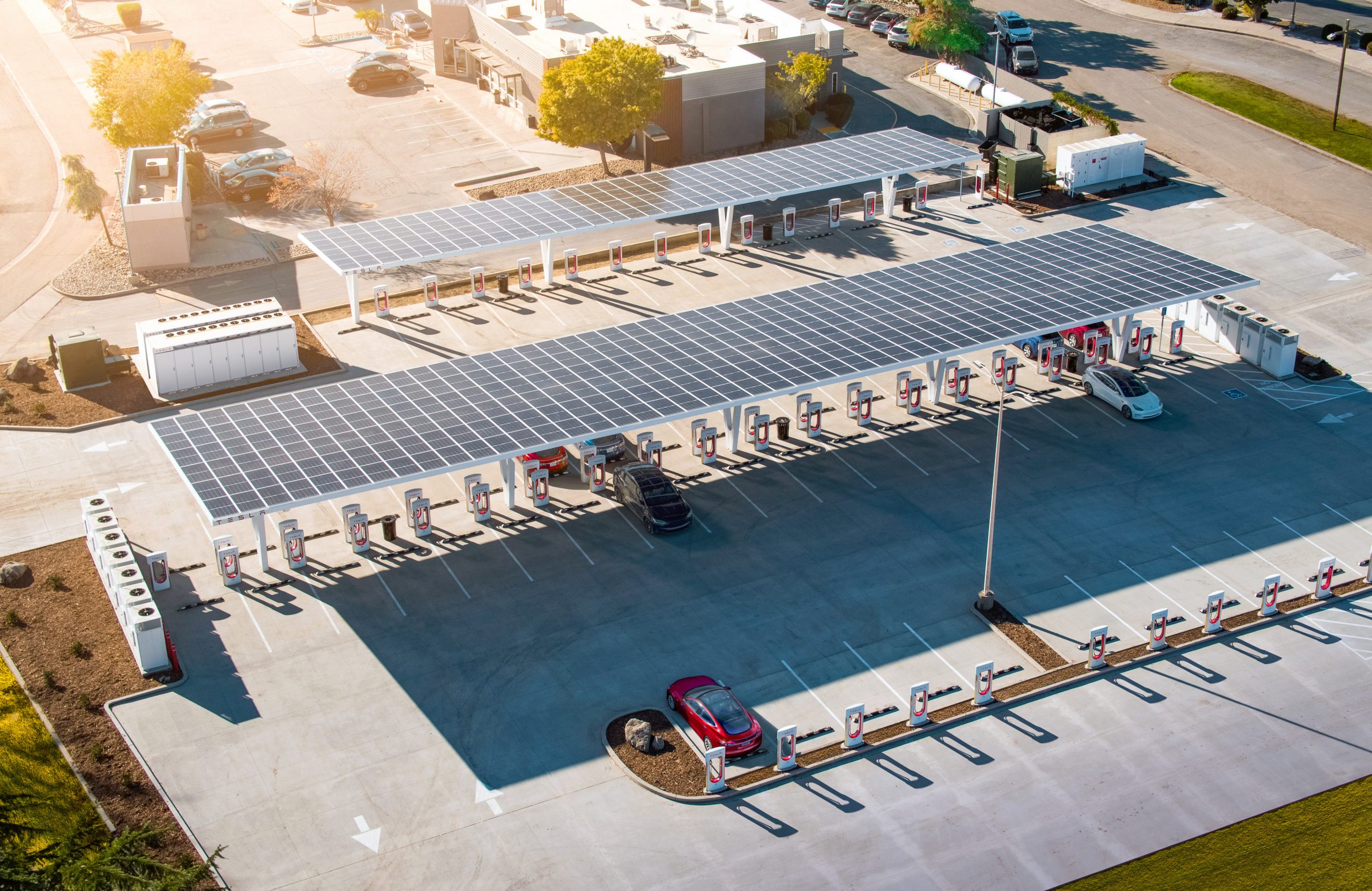Tesla has a number of key advantages over its rivals in the electric vehicle sector. The size and cost efficiencies of Tesla Superchargers are definitely among them.
As stated in a report from Bloomberg News, a recent EV charger price survey indicated that it costs as low as $238 and as high as $10,000 to have 7-22 kilowatt AC chargers installed. A larger, faster 150-kilowatt DC charger, which can replenish an EV’s range quickly, can cost between $16,335 and $135,000 per stall.
This suggests that companies looking to expand their vehicles’ respective charging networks have a long and challenging road ahead of them. Companies that wish to provide dedicated rapid charging services must also be willing to shell out a substantial amount of funds to facilitate the buildout of a reliable charging network.
This is where Tesla’s advantage with the Supercharger network comes in. In one of the company’s Texas grant applications that happened to contain project costs, Tesla indicated that its Supercharger stalls cost as little as $42,000 per connector. Across competitors in the United States and the European Union, the estimated costs per connector are $100,000 to $250,000, according to Bloomberg.
It should be noted that Tesla Superchargers are among the best in the industry, with V3 stations capable of providing up to 250 kilowatts of output to compatible vehicles. Considering the type of rapid charging service that they can provide, the installation costs of Tesla Superchargers are definitely a step up compared to their peers.
Tesla has been able to accomplish these feats due to a variety of factors, such as experience, manufacturing synergies, and scale. The company started the buildout of its Supercharger network even before it released its mass-market cars like the Model 3 and Model Y, so it has been building its experience with rapid charger installations for years.
The network’s expansion has been fast as well, with the company installing 11,000 Superchargers last year, with an average of 10 units per station. Some stations even have more than 50 stalls, effectively dwarfing competitors.
Tesla’s tendency to aggressively simplify its products is also evident in Superchargers. Unlike rivals such as Electrify America, Tesla Superchargers do not have screens or payment terminals, so producing them is cost-effective and simple.
Tesla is not stopping its optimizations, either, with the company previously posting a video of how it installed 12 Superchargers at a Florida site in eight days, thanks to the use of charging stalls that are already prefabricated in concrete.
The Teslarati team would appreciate hearing from you. If you have any tips, contact me at maria@teslarati.com or via Twitter @Writer_01001101.

